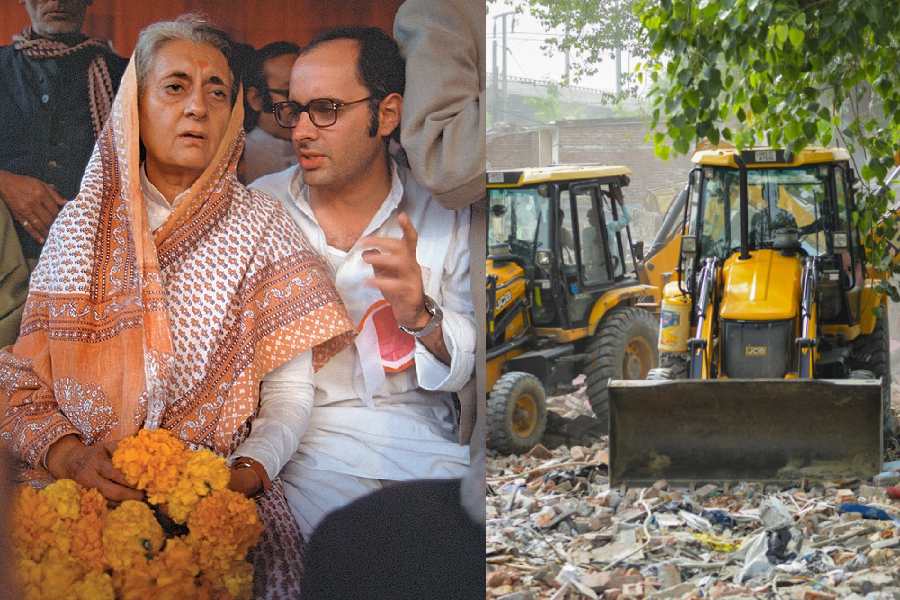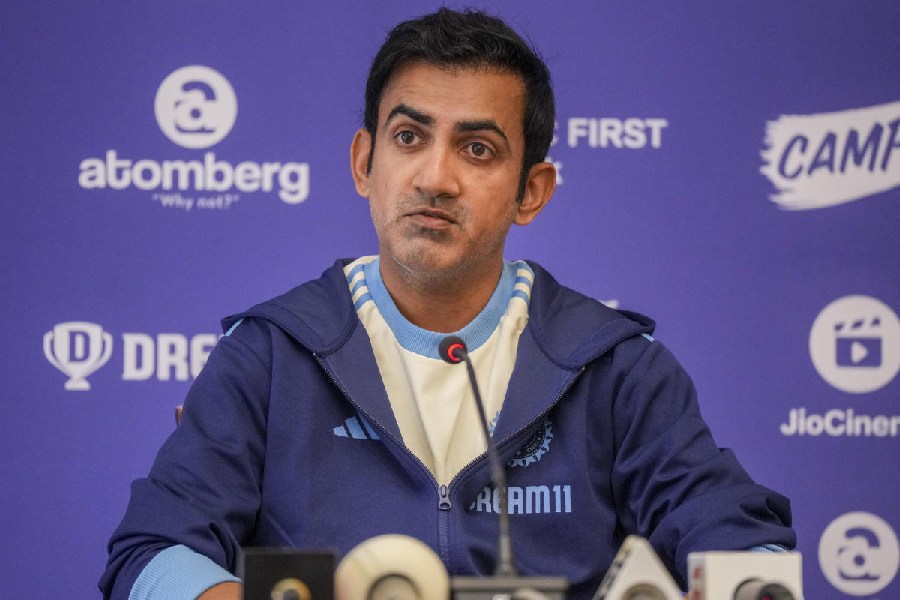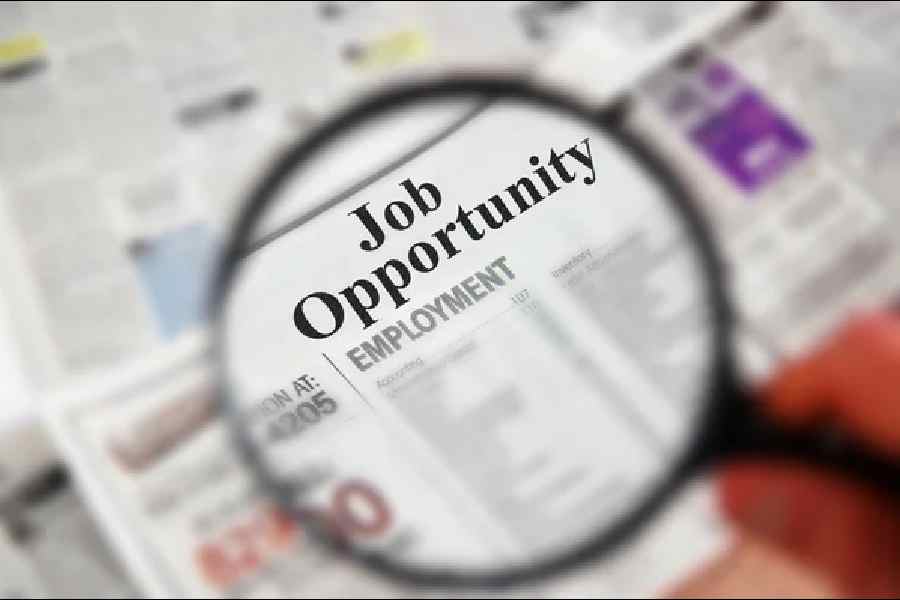.jpg)

There is a journey — an epic road trip — that I’ve been wanting to go on since I was in my teens. The ancient route stretching from the middle of Europe to China — popularly called the ancient Silk Route.
Now in my early forties I finally realised that dream and drove one car from Ingolstadt in Germany to India. My route took me across Eastern Europe, Russia, Mongolia and China.
But what I am going to tell you about is the surprise and wonder that is the Russia that exists to the east of Moscow. The road from Tatarstan to Lake Baikal.
Reforms and capitalism swept across Eastern Europe in the early 1990s blowing away the Iron Curtain and causing the collapse of Communism. So, today in Moscow you can see Western brands, Big Macs and flashy cars, but driving east I realised that communism and its heroes haven’t faded very much from local memory.
Take Nizhny Novgorod for instance, 417km east of Moscow and yet almost a decade behind. Here along with orthodox Russian churches standing stoic and sombre is a granite statue of Lenin and it has fresh flowers at its feet every day, showing that old Vladimir is yet respected.
So Nizhny sets the mood for what might be expected to be a drive back into Soviet Russia but then my Audi Q7 and I entered Kazan. An attractive and ancient city, Kazan is the capital of the Republic of Tatarstan and the land of the Volga Tatars — a Turkic people. This pretty city sitting on the banks of the Volga was established in 1438 but was ravaged in 1552 by Ivan the Terrible.

I parked my car just below the Kul Sharif Mosque that shines like a beacon from within the walls of the Kremlin (incidentally, the word kremlin means a major fortified central complex found in historic Russian cities. Moscow’s Kremlin is, of course, the most famous). The mosque is named after the imam who died trying to protect the city, and stands out in uniqueness today as the only mosque in the world to be situated inside a kremlin.
But, as I discovered while exploring the city, it is Kazan’s vibrant multicultural atmosphere that complements its fine buildings and churches and gives this city such a friendly feel-good vibe. Here different cuisines, faiths and attires coexist peacefully. The post-Soviet cultural revival, modern Islamic fashions, and Tatar language and literature give this city a sense of self-confidence that is apparent on its streets.
Driving east from Kazan I saw that the highway signs were in Russian as well as Tatar, and the latter change to the language of Bashkir as we drive into the republic of Bashkortostan and its capital of Ufa. Here we turned our clocks two hours ahead as we had crossed a time zone.
When I threw open the curtains of my hotel room in Ufa I saw the statue of Salavat Yulaev looming large over the Belaya River. Yulaev was a poet peasant who took up the cause of freedom and led a revolt against the tsar. Though he spent most of his life in prison being tortured, his example galvanised a generation into action against oppression.
Continuing eastwards we were literally losing time. As we crossed across from Europe into Asia on the route from Ufa to Omsk we lost another hour as the clocks moved ahead. And, we covered 2,100km in three days from Ufa to Novosibirsk, the capital of Siberia. But the advantage of these long drives was that we had to leave before dawn and would invariably reach after dusk and this meant watching fascinating Siberian sunrises and sunsets that began and ended over the never-ending vastness that is Russia.
.jpg)
.jpg)
The smooth roads, minimal traffic and the countryside that was beginning to turn vibrant with the colours of fall were a pleasure to drive and behold. And, of course, the car was a delight — a cocoon of comfort and a concert hall on wheels. It is across those huge expanses of Siberia that I truly enjoyed my music — more than I have in years.
Often we’d pull into small villages along the way and little kids would come rushing out to greet us as foreign tourists in these parts of Russia are rare. After initial shyness out would come the cellphones for some selfies with the car and us.
On this trip, here in Russia and later in Mongolia, China and Burma, I have learnt that taking selfies with someone you have just met has become the new universal social custom. In China, along with the cell phone out would also come a telescopic selfie stick.
Novosibirsk was once drab and impersonal, but Russia’s third largest city has woken up to liberalisation and today it boasts quirky museums — including a superb locomotive museum, a vibrant art scene and an effervescent nightlife with fantastic pubs and restaurants. Oh, and when they talk about how pretty Russian women are — they probably mean the women in Novosibirsk.
.jpg)
This was a perfect pit stop for us after days out in the countryside. That night we went to the Friends Cocktail Bar, where some locals were so impressed by our adventurous drive that they bought us drinks, and then to Beerman and Pelmeni for some fantastic Siberian dumplings and hearty steaks. At the former there was a world map where all visitors pin a currency note on their respective countries. Someone had beaten us to it as there was an Rs 10 note pinned on India.
Siberia’s second highlight was Lake Baikal, the world’s largest freshwater lake. Unending to behold this lake is more like a sea and during winter it freezes over and you can drive on it. You could drive over 500km and yet not reach the opposite bank — that is the vastness (an adjective that pops up ever so often in Russia) of Lake Baikal.
One of the items on my to-do list was to swim in Lake Baikal but the day we were on its shores, the wind was blowing very hard and the lake was at five degrees C. I just couldn’t summon the courage to take a dip.
It remains a reason to go back to this lake. For now I had to drive on and point the nose of my Audi Q7 towards Bombay.
READY RECKONER
♦ With some patience, perseverance and a stash of cash this road trip from Munich to Mumbai is doable. However, it will take about 60 days to really enjoy and appreciate the places, people and other experiences.
♦ The logistics and vast amount of paperwork for my trip including the shipping of the car to Germany was all arranged and organised by Roadtripper (www.roadtripper.in) who are experts in arranging international road trips for Indians.
♦ Also, it is important to travel with like-minded people. Long hours on the road and irregular meals make people cranky and a fusspot can be someone who risks being abandoned in the middle of nowhere.
Photographs by author

.jpg)








